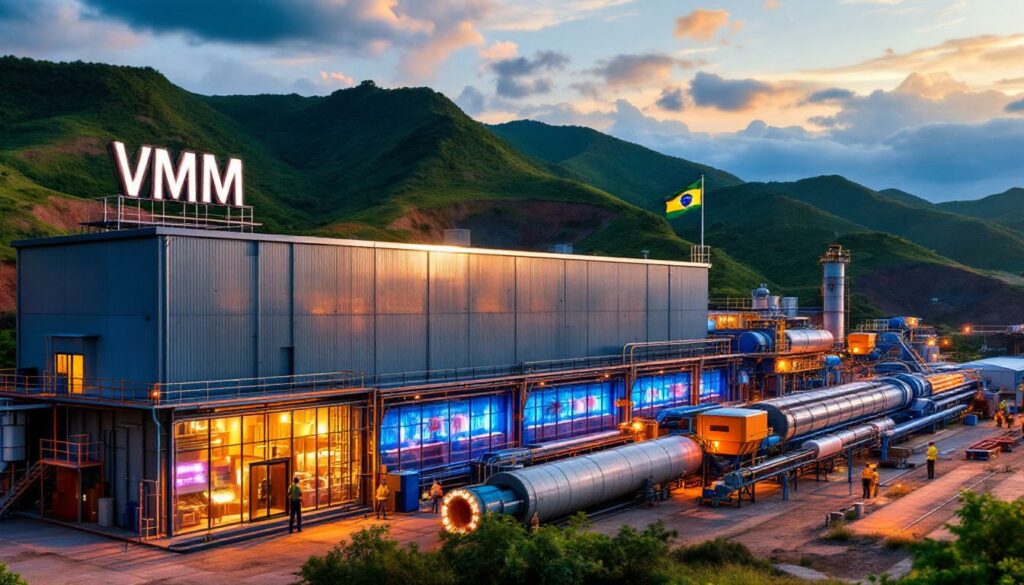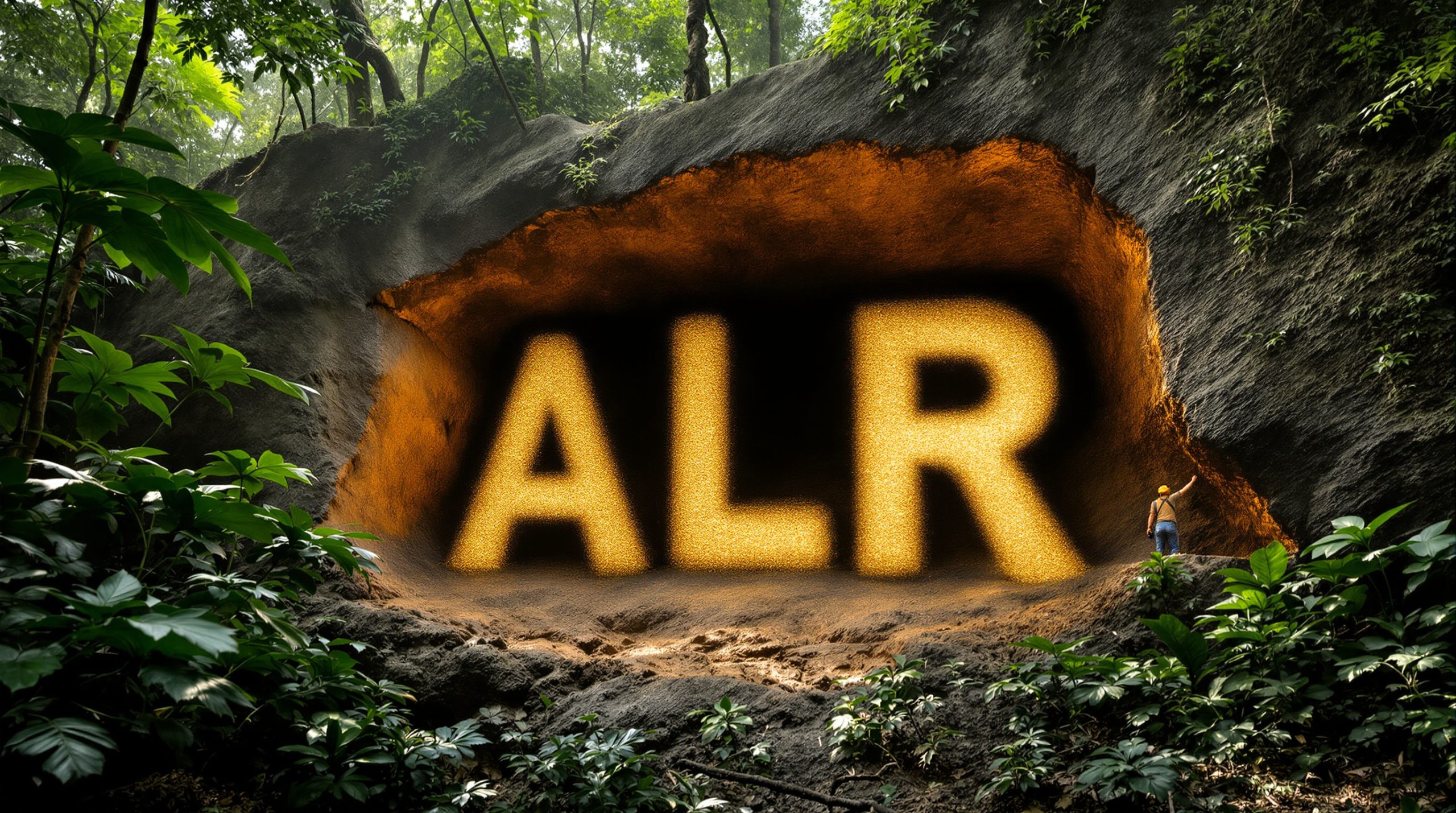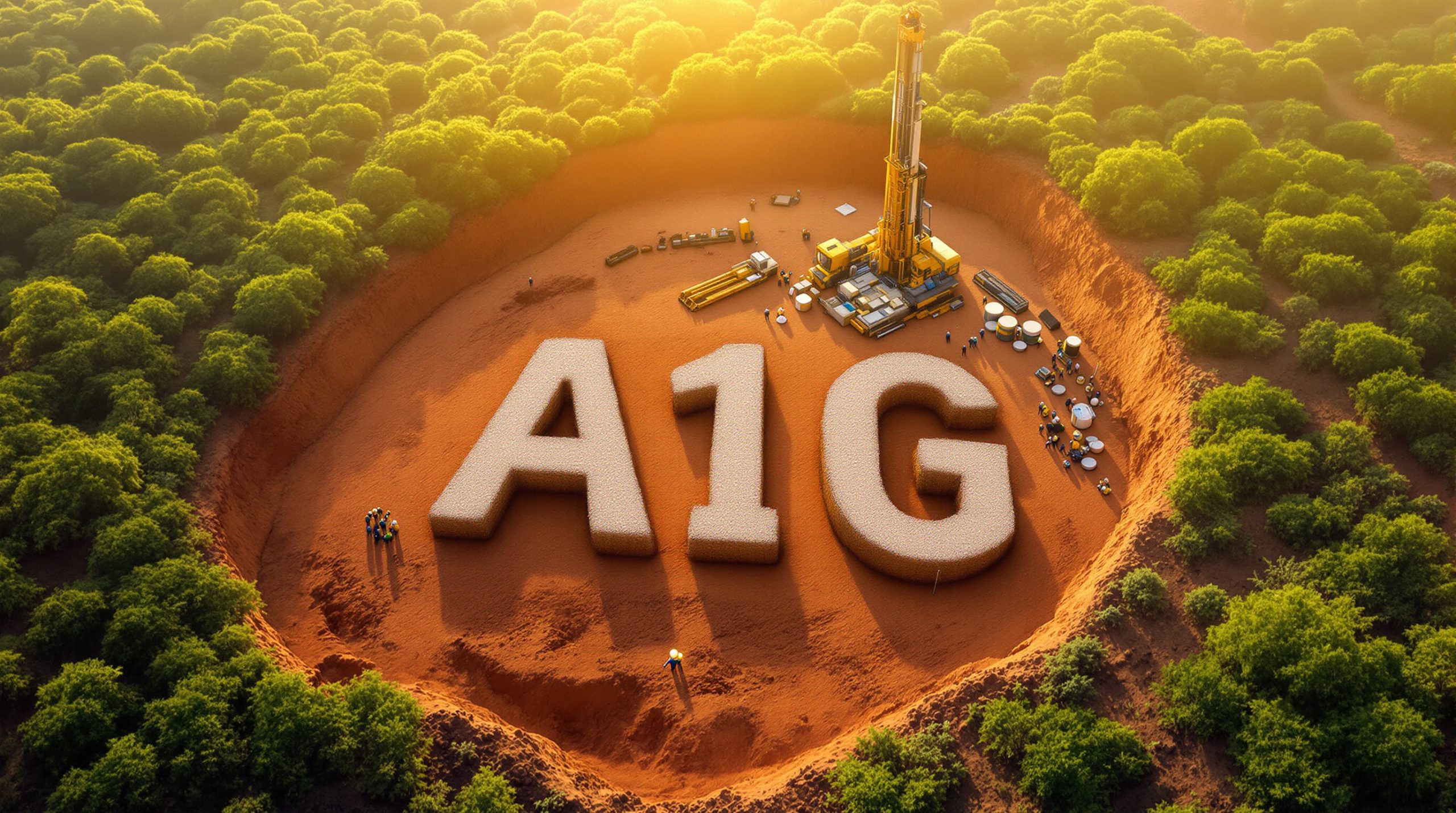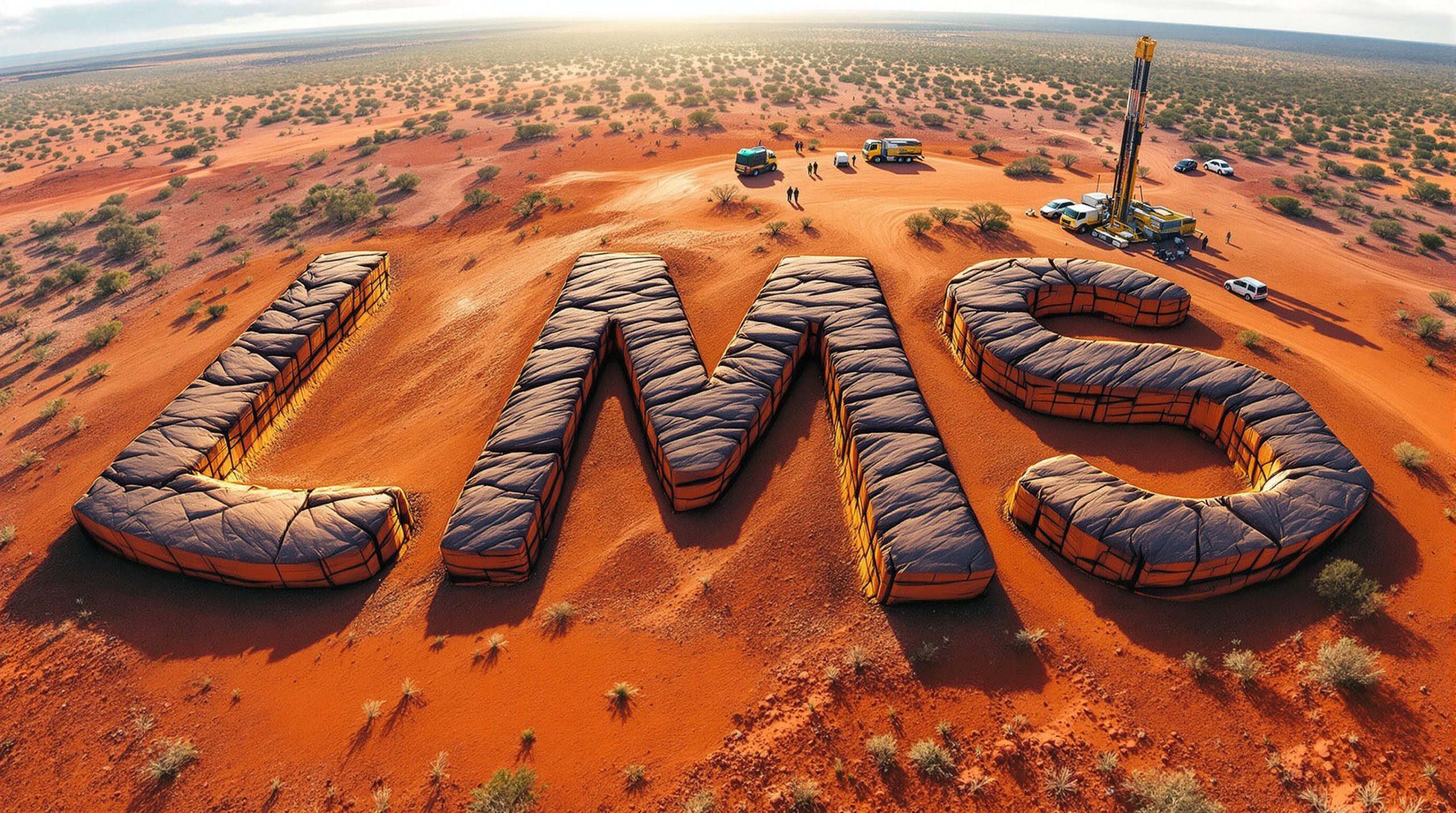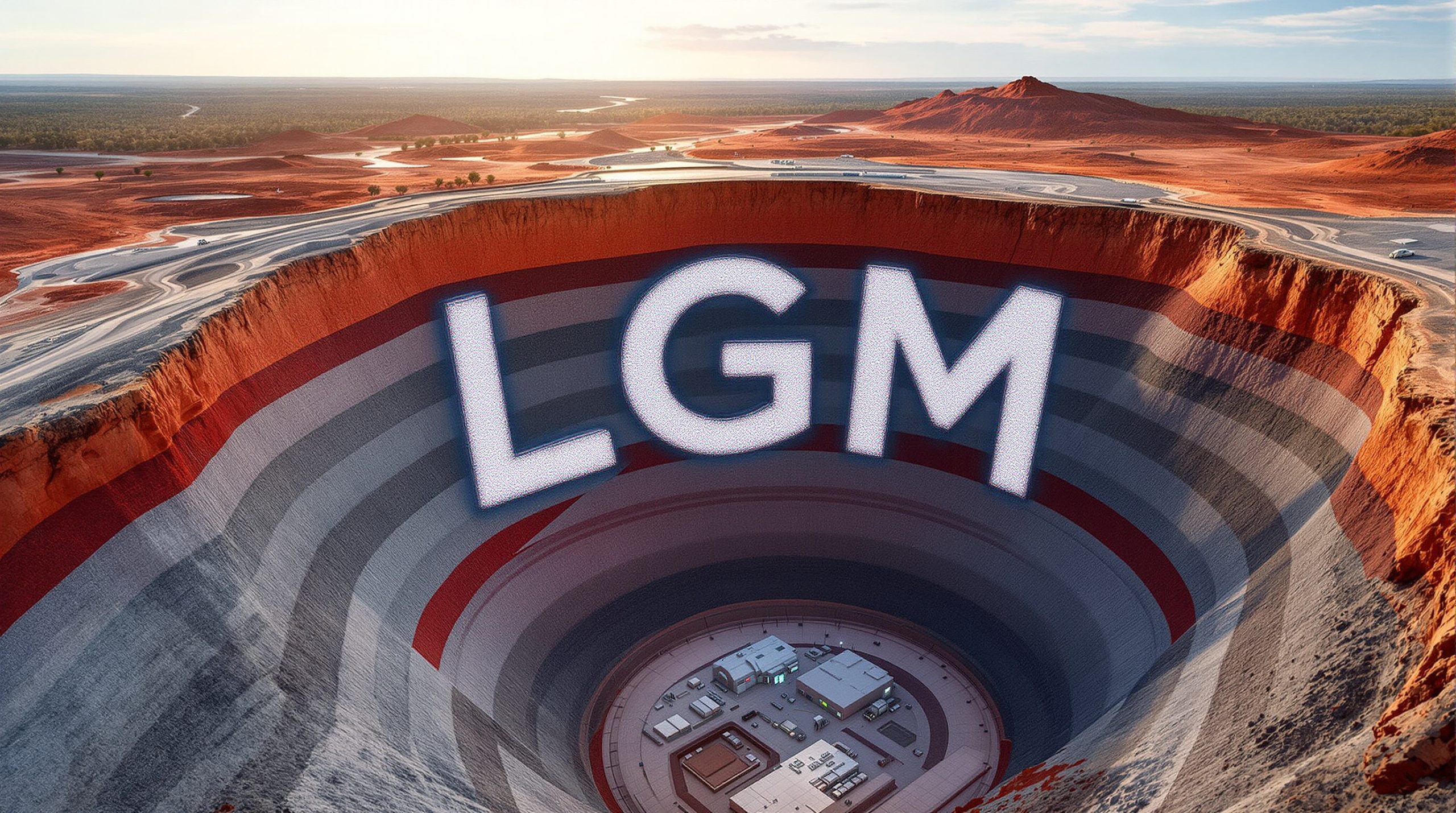Latin America's First Rare Earth Hub Takes Shape as Viridis Secures Critical Land Grant
Viridis Mining and Minerals (ASX: VMM) has achieved a significant milestone in establishing Latin America's first rare earth refining and recycling hub, with its joint venture Viridion securing a strategically located 2,071m² industrial land parcel in Poços de Caldas, Brazil.
Government Backing Accelerates Rare Earth Innovation Center
The Municipality of Poços de Caldas has unanimously approved the land grant for the Centre for Rare Earths Innovation, Technology and Recycling (CRITR), valued at approximately R$1.04 million (US$170,000). This facility will serve as the cornerstone of a vertically integrated rare earth supply chain in Brazil, processing both newly mined materials and recycled magnets.
"From day one, we've recognised that strong alignment with local, state, and federal stakeholders is essential to advancing both the Colossus Project and the broader Viridion strategy," said Rafael Moreno, Managing Director of Viridis. "This development is fully aligned with Brazil's national agenda to establish a sovereign and sustainable rare earth supply chain."
The land grant comes with specific commitments, including:
- Investment of R$51 million (US$8.5 million) across two development phases
- Continuous operations for a minimum of ten years
- Local job creation across production and engineering roles
- R$100,000 contribution to municipal programs
Breaking New Ground in Rare Earth Processing
The CRITR facility will be the first of its kind in South America, capable of:
- Producing high-purity (≥99.5%) separated rare earth oxides including neodymium, praseodymium, dysprosium, and terbium
- Recycling permanent magnets from wind turbines, MRI machines, and other end-of-life equipment
- Creating a circular economy model for rare earth elements in Latin America
The recycling demonstration plant will process up to 30 tonnes per annum of magnet and alloy feedstock through mechanical dismantling, acid digestion, selective leaching, solvent extraction, and calcination processes.
Strategic Timing for Global Rare Earth Markets
The project's development coincides with increasing global focus on secure rare earth supply chains outside China. Similar initiatives, such as MP Materials' recent partnership with the U.S. Department of Defense, highlight the strategic importance of government backing in critical mineral projects.
Viridion has already demonstrated its technical capabilities by delivering the first separated rare earth oxides to Latin America's only magnet manufacturer. These oxides were processed from end-of-life magnets sourced from Brazilian MRI machines and wind turbines.
Federal Funding Strengthens Project Economics
The venture recently secured selection in a R$5 billion (US$900 million) national program led by the Brazilian National Bank for Economic and Social Development (BNDES) and the federal innovation funding agency (FINEP), focused on accelerating critical mineral projects and downstream infrastructure.
"Viridis and Viridion's recent selection for federal funding is a strong endorsement of our vision, and we anticipate finalising the funding structure in the coming weeks," noted Moreno.
Understanding Ionic Clay Rare Earth Deposits
Ionic clay deposits represent a specific type of rare earth resource with several advantages over traditional hard rock mining. These deposits form when rare earth elements leach from primary rocks and become adsorbed onto clay minerals in weathered profiles.
What are ionic clay deposits?
Ionic clay deposits contain rare earth elements that are weakly bonded to clay particles. This geological characteristic allows for simpler extraction methods compared to conventional mining operations.
How do they differ from traditional rare earth deposits?
Unlike hard rock deposits that require energy-intensive crushing, grinding, and concentrate production, ionic clays enable direct leaching of rare earth elements using common salt solutions. This results in:
- Lower capital and operating costs
- Reduced environmental impact
- Faster time to production
- Higher concentration of valuable heavy rare earth elements
The clay-hosted mineralisation at Viridis' Colossus Project is particularly rich in magnet rare earth oxides (MREOs), the critical elements used in permanent magnets for electric vehicles and wind turbines. The project hosts a substantial mineral resource with 206,800 tonnes of Total Rare Earth Oxides (TREO) at a grade of 3,206 ppm.
Project Timeline and Next Steps
The CRITR facility is scheduled to begin civil works by the end of 2025, with operations commencing in the second half of 2026. The project's advancement runs parallel to the Colossus Project's development milestones:
- Environmental permitting: Following submission of the Environmental Impact Assessment in January 2025, preliminary license approval is anticipated in coming months
- Project financing: Multi-pronged strategy targeting strategic investors, government support, and project-level capital
- Definitive Feasibility Study: Set to commence in coming months, incorporating targeted metallurgical optimisation programs
The Circular Economy Advantage
Viridion's integrated approach to rare earth processing emphasises sustainability through several key innovations:
- Closed-loop water and reagent systems maximise resource efficiency
- Circular economy model recovers critical elements from end-of-life products
- Non-radioactive and low-impact processing eliminates tailings dams
- Continuous R&D focuses on optimising extraction parameters and process automation
Why Investors Should Watch Viridis Mining
Viridis Mining and Minerals rare earth hub Brazil represents a compelling investment opportunity in the critical minerals sector for several reasons:
-
Strategic Position: The company is establishing Latin America's first integrated rare earth refining and recycling capability, backed by strong government support.
-
Resource Quality: The Colossus Project hosts a substantial mineral resource with 206,800 tonnes of TREO (Total Rare Earth Oxides) at a grade of 3,206 ppm.
-
Vertical Integration: The CRITR facility enables Viridis to move up the value chain, potentially capturing higher margins through production of separated rare earth oxides.
-
Government Backing: Multiple levels of Brazilian government support, including land grants and selection for federal funding programs, contribute to de-risking the project.
-
Environmental Edge: The processing technology eliminates radioactive waste and tailings dams while promoting circular economy principles.
As global demand for rare earth elements continues to grow alongside renewable energy and electric vehicle adoption, Viridis is positioned at the forefront of Latin America's emerging rare earth supply chain, offering investors exposure to this critical sector of the green economy.
Looking for Rare Earth Investment Exposure in Latin America?
Discover how Viridis Mining and Minerals is pioneering Latin America's first rare earth hub with its Colossus Project and innovative CRITR facility. With significant government backing, advanced processing technology, and a substantial resource of 206,800 tonnes of TREO, Viridis represents a unique investment opportunity in the critical minerals sector. For complete details on this ASX-listed company's strategic developments, view their latest announcement here.
